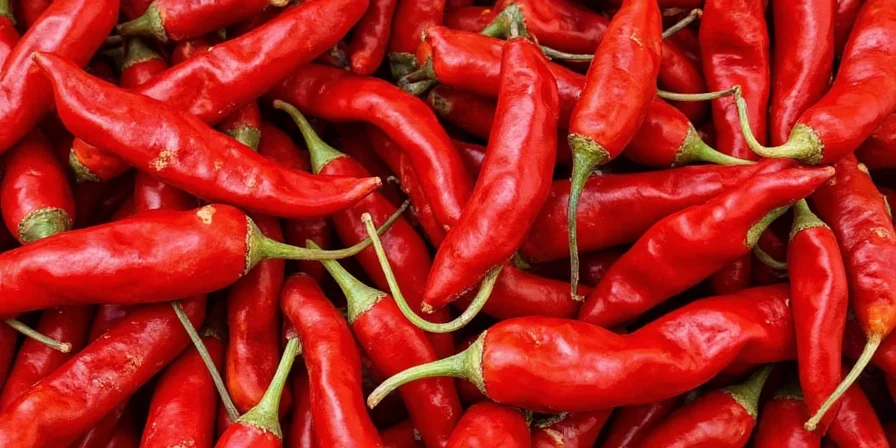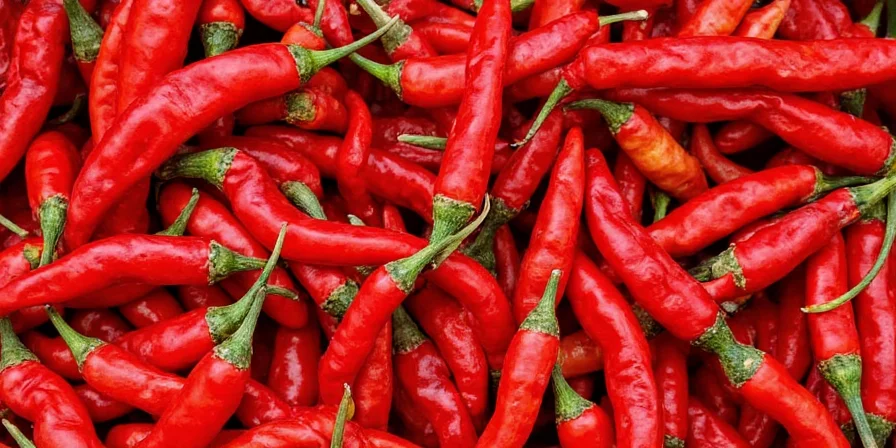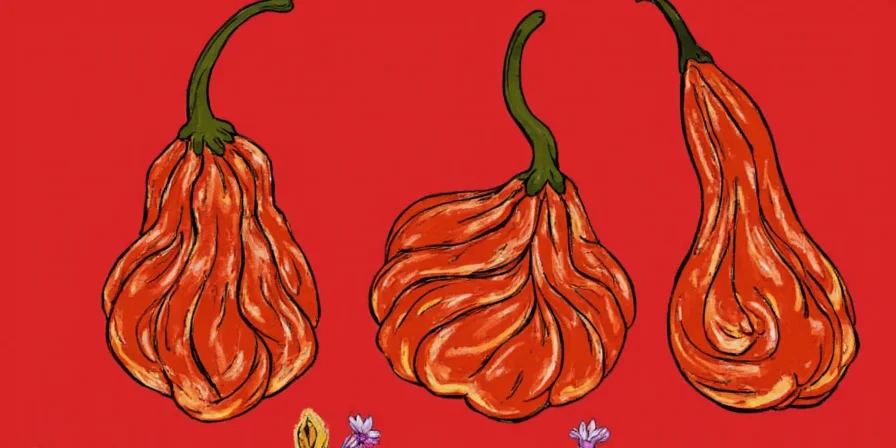The Fiery Enigma: Exploring the Global Spice Traditions of Sichuan Peppers
Introduction
If you’ve ever bitten into a dish that made your mouth tingle like it was dancing on a trampoline while screaming for water—only to crave more seconds later—you’ve probably met Sichuan pepper. Known for its electric numbing sensation and citrusy aftertaste, this ‘pepper’ isn’t actually a pepper at all. It’s a member of the Zanthoxylum family, and boy, does it punch above its weight in flavor, tradition, and culinary magic.
Table of Contents
- What Exactly Are Sichuan Peppers?
- A Global Twist: How Different Cultures Use Sichuan Peppers
- Sichuan Peppers vs Other Spices: A Flavor Face-Off
- Top 5 Practical Tips for Using Sichuan Peppers Like a Pro
- From Pantry to Plate: Cooking with Sichuan Peppers
- Preservation & Storage: Keeping the Fire Alive
- Health Benefits You Probably Didn’t Know About
- Conclusion: The Zing That Keeps on Giving
What Exactly Are Sichuan Peppers?
Buckle up, because we’re diving deep into this misunderstood powerhouse of flavor. Sichuan peppers (or Szechuan peppers if you're feeling fancy) are the dried berries of shrubs from the Zanthoxylum genus in the Rutaceae family—same family as citrus fruits! They’re commonly used in Chinese cuisine, particularly from the Sichuan province, hence the name.
But what makes them so special? It's the compound called hydroxy-alpha-sanshool, which causes that unique tingling-numbing effect on your lips and tongue. It’s not heat—it’s electricity in edible form.
A Global Twist: How Different Cultures Use Sichuan Peppers
While Sichuan peppers originated in China, their influence has spread far beyond. Let’s take a look at how different cultures have embraced this bold flavor:
| Culture | Usage | Unique Preparation |
|---|---|---|
| China | Main ingredient in mapo tofu, hot pot oils, and dry-fried dishes | Dry-roasted then ground into powder or used whole |
| Japan | Used in yuzu-kōshō (citrus-chili paste) | Blended with yuzu peel and salt |
| Nepal | Found in timur-infused pickles and meats | Crushed and mixed with mustard oil |
| Peru | Added to ceviche marinades for a zesty kick | Infused in citrus-based sauces |

Sichuan Peppers vs Other Spices: A Flavor Face-Off
Let’s compare the fire-starters:
| Spice | Type of Heat | Mouth Feeling | Flavor Profile | Best Used In |
|---|---|---|---|---|
| Sichuan Pepper | None (not capsaicin-based) | Tingly, numbing | Citrusy, woody, floral | Chinese hot pots, stir-fries, dry rubs |
| Chili Pepper | Fiery, burning | Burning sensation | Pungent, earthy, fruity | Salsas, curries, grilled meats |
| Black Pepper | Subtle heat | Prickly but mild | Pungent, sharp | Almost any savory dish |
| Wasabi | Sharp, sinus-clearing | Burning in nose/throat | Green, herbal, pungent | Sushi, dipping sauces |

Top 5 Practical Tips for Using Sichuan Peppers Like a Pro
- Toast First: Dry roast them gently before grinding for maximum flavor. Be careful—they can go from fragrant to burnt quickly!
- Don’t Eat Whole: Unless you want to chew on tiny rocks all day, always grind or crush them before use.
- Pair With Citrus: Their natural citrus notes love lime, lemon, and yuzu. Try them with orange zest in desserts!
- Balance Is Key: Use sparingly; they can overpower milder ingredients. Think of it like a rock concert—the lead singer should shine without drowning out the band.
- Make Your Own Oil: Infuse neutral oil with toasted peppercorns for a DIY Sichuan chili oil base.

From Pantry to Plate: Cooking with Sichuan Peppers
Whether you're making homemade mapo tofu or a modern fusion taco, Sichuan peppers add an unforgettable twist. Here’s how to get creative:
- Sichuan Salt: Mix crushed peppercorns with coarse sea salt for a seasoning that elevates roasted veggies or grilled meats.
- Marinades: Add ground Sichuan pepper to soy sauce-based marinades for grilled chicken or beef skewers.
- Desserts: Yes, really! Sprinkle a pinch into chocolate brownies or over whipped cream for a surprising kick.
- Rub It In: Make a dry rub with smoked paprika, garlic powder, and Sichuan pepper for ribs or brisket.
Preservation & Storage: Keeping the Fire Alive
To keep your Sichuan peppers fresh and potent, store them properly:
- Airtight Container: Keep them away from moisture and light.
- Whole vs Ground: Whole peppercorns last longer—grind only when needed.
- Freezer Storage: For long-term storage, freeze them in a vacuum-sealed bag to preserve flavor and aroma.
- Oil Infusion: Store infused oil in dark bottles and refrigerate for up to two weeks.
Health Benefits You Probably Didn’t Know About
Beyond flavor, these little guys pack some serious health perks:
- Anti-inflammatory: Contains compounds that may reduce inflammation.
- Pain Relief: Sanshools act similarly to local anesthetics.
- Improved Circulation: May stimulate blood flow when consumed regularly.
- Antioxidants: Loaded with antioxidants that fight free radicals.
- Digestive Aid: Stimulates digestion and can help with bloating.
Conclusion: The Zing That Keeps on Giving
Sichuan peppers are more than just a one-note wonder. They’re a flavor journey—one that tingles, surprises, and delights. From ancient Chinese kitchens to cutting-edge fusion restaurants around the globe, their legacy is fiery and flavorful. Whether you’re a professional chef or a curious home cook, adding Sichuan peppers to your pantry is a decision that brings excitement, depth, and a bit of magic to your meals.
So next time you reach for the chilies, think about shaking things up with a jar of Sichuan peppers. Because sometimes, the best heat doesn’t burn—it dances.











 浙公网安备
33010002000092号
浙公网安备
33010002000092号 浙B2-20120091-4
浙B2-20120091-4